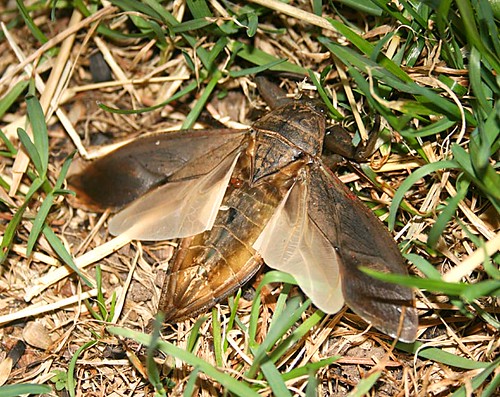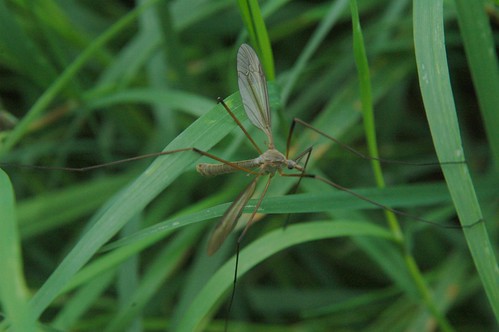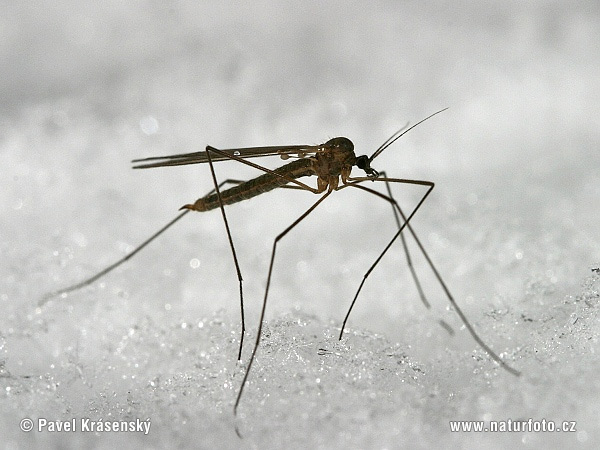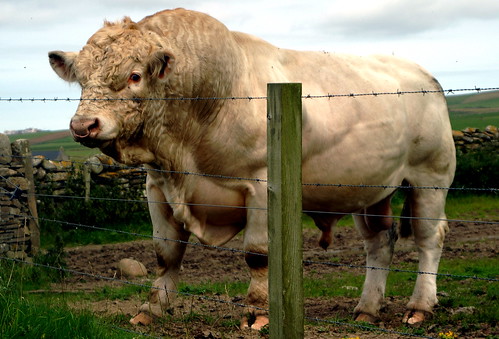This species has a wingspan of 3 inches (nearly 8 cm). The wings of this moth are bright white with a pattern of neat black blotches, some solid and some hollow. The abdomen is dark blue with orange markings, the male has a narrow yellow line on the sides. Its legs have black and white bands. Adult moths are strictly nocturnal and do not generally fly before nightfall (Fullard & Napoleone 2001).
The caterpillar is of the "Woolly Bear" kind, with a thick coat of black bristles (
 leopard moth
leopard moth leopard moth
leopard moth leopard moth
leopard moth leopard moth
leopard moth leopard moth
leopard moth leopard moth
leopard moth
The caterpillar is of the "Woolly Bear" kind, with a thick coat of black bristles (setae) and red or orange colored bands between its segments which become conspicuous when caterpillar rolls into a ball for defense. It should not be touched, as its setae may break off and cause a rash. As long as you are not forceful when you pick up the caterpillar the chances of the spines breaking of is very low





























 animals best wallpapers
animals best wallpapers












